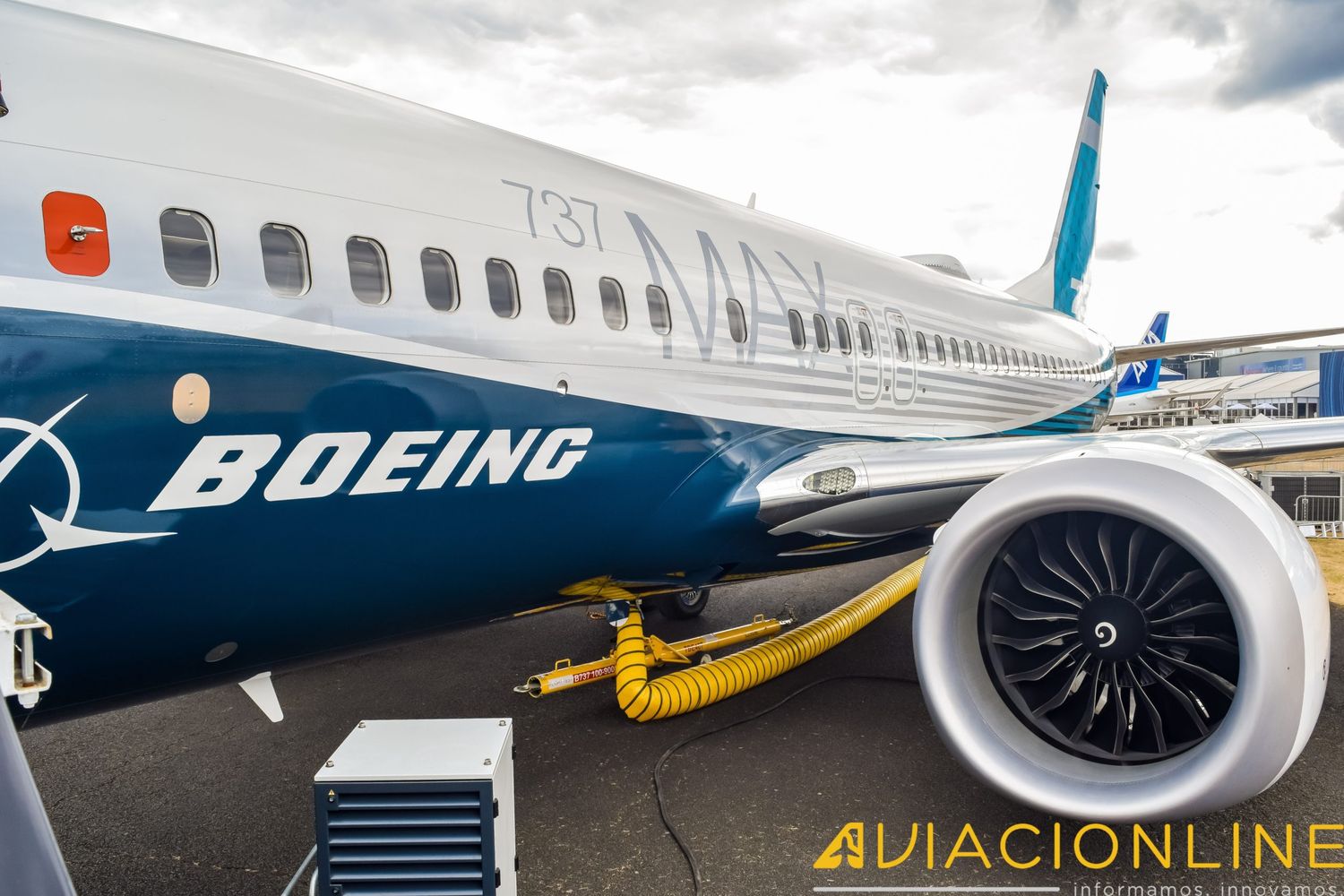FAA Considers New Safety Measures for Boeing 737 MAX After Smoke Incidents
The Federal Aviation Administration of the United States (FAA) is evaluating the implementation of new temporary instructions for Boeing 737 MAX pilots following two serious incidents in which smoke invaded the cockpit and cabin. The measures could include requiring takeoffs with the engine bleed air system disconnected, a procedure designed to mitigate the risk of smoke entering the aircraft in the event of a bird strike.
In both cases that occurred in 2023, involving Southwest Airlines aircraft, birds collided with the engines during takeoff, causing an oil leak that ignited, sending dense smoke into the aircraft. The crews managed to perform emergency landings safely, but the events raised concerns among authorities and operators.
The National Transportation Safety Board (NTSB) recently announced the opening of a formal investigation into the incident that occurred on December 20, 2023, near New Orleans, where a bird struck the left engine (engine 1) of a 737 MAX 8. This move indicates increased regulatory scrutiny on the design and operations of these aircraft.
Temporary measures and technical challenges
The FAA’s proposal aims to reduce the risk of smoke entering the aircraft by disabling the bleed air system during takeoff. This system, typically used to pressurize and condition cabin air, could transport smoke into the aircraft if an engine is damaged. However, disabling this system poses operational challenges, as it affects cabin pressurization and requires pilots to implement additional steps during a critical phase of flight.
An FAA spokesperson stated that the agency «will convene a Corrective Action Review Board in the coming weeks to evaluate data and develop a plan» to mitigate this risk while working on a permanent solution. Boeing and CFM International, the manufacturer of the affected engines, have indicated they are working closely with regulators to address the issue.
Dennis Tajer, spokesperson for the American Airlines pilots’ union, highlighted to *The Seattle Times* that current procedures, while designed to handle smoke emergencies, may not be sufficient in cases like these, where smoke entered «quickly and densely.» He added that any changes to procedures must be carefully assessed to avoid additional risks.
Southwest Airlines, for its part, stated that it is in contact with the FAA, Boeing, and CFM to ensure the safety of its operations. The airline has already issued bulletins to its pilots reinforcing smoke management procedures in line with its recurrent training programs.
Pending permanent solution
The incidents have revealed a potential design flaw in the engines, particularly in their ability to withstand bird strikes. Both pilots and regulators are demanding clear answers on the timeline for implementing a permanent solution to ensure flight safety.
The process could further delay the certification of the Boeing 737 MAX 7 and MAX 10 models, whose entry into service is already on hold. Meanwhile, temporary measures, such as new takeoff instructions, could be issued through an airworthiness directive for all 737 MAX operators.


Comentarios
Para comentar, debés estar registrado
Por favor, iniciá sesión